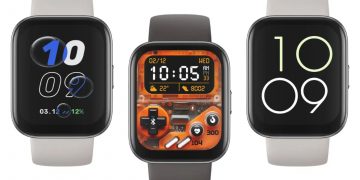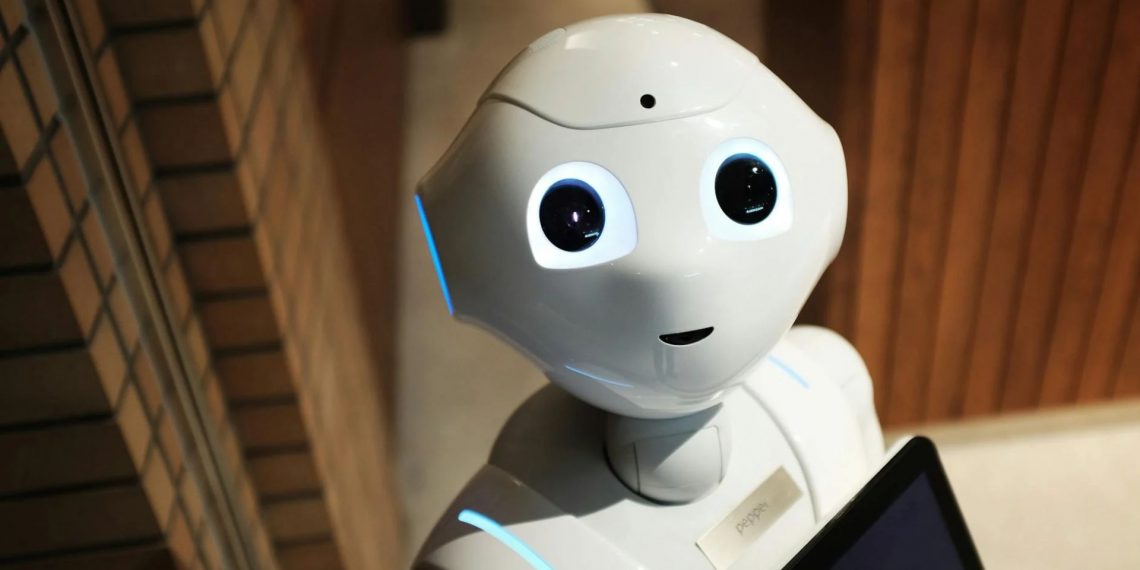In the era of advances in technology, artificial intelligence (AI) has moved on from a theoretical concept confined only to futuristic literature to a fundamental aspect of everyday life. The virtual butler, an AI assistant created to anticipate and efficiently meet human needs, is one of the most prominent examples of AI in our homes and workplaces. But what makes today’s virtual butlers unique is their incredible intelligence—beyond anything we’ve ever witnessed.
The days of AI assistants being restricted to simple duties like playing music or sending reminders are long gone. Virtual butlers of today can have complex conversations and have a thorough awareness of human behaviour and preferences. The development of machine learning, natural language processing, and networks—which enable AI systems to learn and adapt in real which has been the main force behind this evolution.
The capacity of virtual butlers to collect and process huge amounts of data is one of the main elements enhancing their intelligence. AI assistants use a range of sources, such as past interactions with its users, by using internet searches, and even some historical data, to create ideas and provide personalized recommendations as the preferences of individual users. Today’s virtual butlers are skilled at recognizing and meeting specific demands, whether it’s offering the ideal food based on limitations on food or a movie based on previous viewing habits of individuals like us.
Advancements in predictive analytics have made AI assistants more proactive in providing aid as they can predict users’ requirements before they are ever spoken, through studying trends in user behaviour and external elements like traffic updates and weather conditions. For instance, if you notice rain in the forecast, a virtual butler can remind you to pack an umbrella or recommend different routes to avoid traffic jams while an individual is commuting.
Conversational AI and natural language processing are another area where virtual butlers are making great progress. The days of strict command-based communication are long gone, as modern AI assistants are highly skilled at converting tone, context, and even emotional signs in spoken language. This makes communication with virtual butlers feel more natural and fluid, which enhances the human element of the encounters.
Virtual butlers are becoming more capable than only speech interfaces; they can now also communicate visually. Due to developments in computer vision and the recognition of gestures, artificial intelligence assistants can now understand and respond to movements, facial expressions, and even visual signals. This offers fresh possibilities for interaction and integration on many platforms.
Virtual butlers aim at increasing the workforce efficiency and making it easy to perform daily tasks, they have limitless applications to improve and become smarter ahead. With these changes, there arise certain problems related to ethics, data security and privacy, etc. with time. AI should be well governed with transparency and responsibility so that one can minimize the risks associated and maximize the benefits for the society.
The age of artificial intelligence aids is here, with virtual butlers setting trends and endless applications. However, wise use is crucial for human improvement.
In summary, the usage of artificial intelligence has increased with time and will also increase in future. The virtual butlers set the trends and provide us with endless possibilities for their applications as they change with the requirements of its users. However, wise usage of AI and virtual butlers is crucial for the improvement of humans.
























































